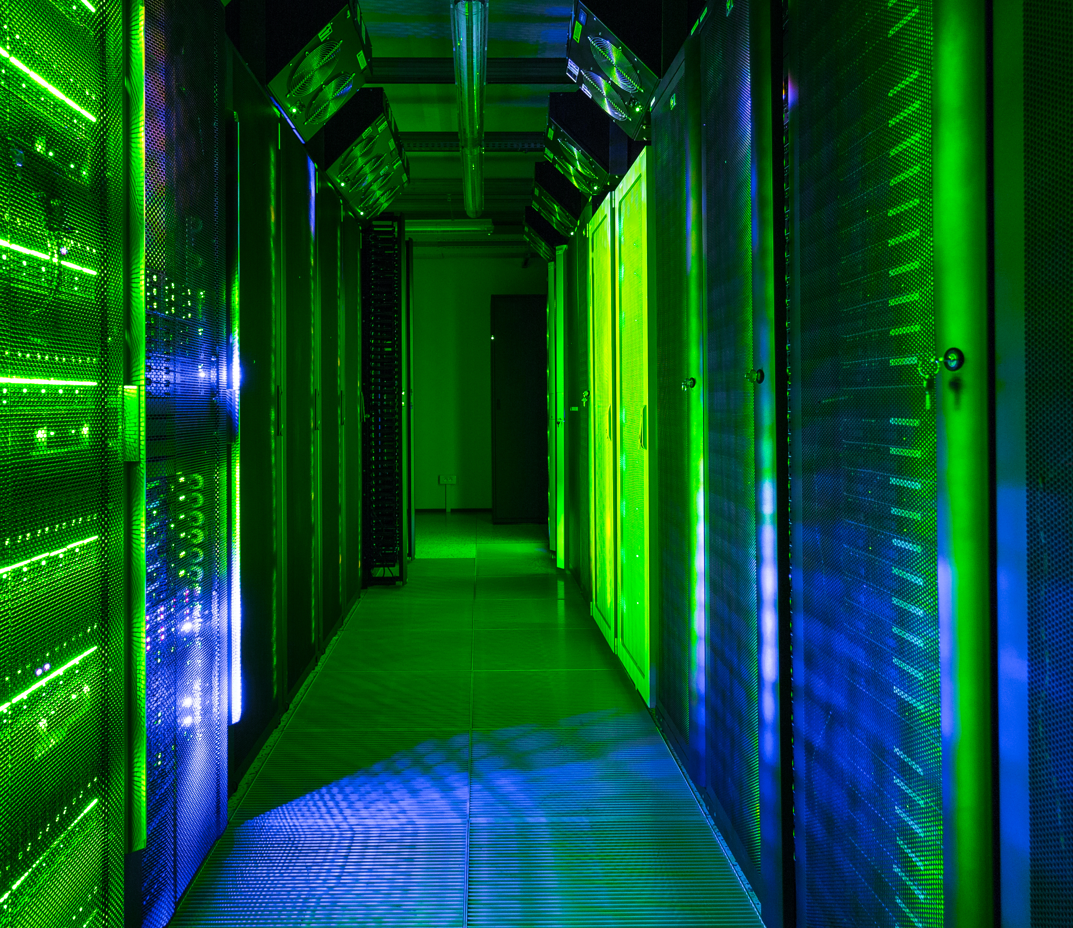
Environmental impact is something more and more data centres are looking into as part of the Climate Neutral Data Centre Pact, where data centres commit to become climate neutral by 2030. Alongside this, the demand for data centres is increasing, with data becoming the new fuel as we continue to innovate and rely more on data and technology in our day to day lives.
But how can data centres tackle their environmental impact without affecting efficiency?
Tackling the environmental impact
With many data centres having already developed net zero and heat decarbonisation plans, here are some key areas of focus to tackle environmental impact without impacting efficiency:
Greenhouse gas (GHG) emissions
GHG emissions are a main measure for many businesses on their journey to net zero, however data centres are often measured by carbon intensity. This metric provides a relative comparison of GHG emissions characteristics after factoring in the scale of a business and the emission rate.
Most businesses are already reporting on their Scope 1 and 2 emissions, and only large LLPs are required to report on some of their Scope 3 emissions under the Streamlined Energy and Carbon Reporting (SECR) scheme. Although some businesses are voluntarily reporting their Scope 3 emissions as it’s likely they will become mandatory in the future. Data centres who report on their Scope 3 are demonstrating their commitment to sustainability as one of the largest energy consumers.
Sourcing renewable energy
As energy intensive users, data centres are turning towards renewable energy to support their net zero commitments. Some larger data centres are securing renewable energy partnerships to power their sites.
Renewable energy procurement can help to reduce or even eliminate Scope 2 emissions and there are a number of purchasing options. A virtual or physical Corporate Power Purchase Agreement (PPA), where renewable energy is purchased directly from an energy generator, or green tariffs secured through an energy provider are also another route to sourcing renewable power, along with on-site generation and renewable energy certificates.
Calculating your Power Usage Effectiveness (PUE)
Data centres should look to optimise their PUE score to achieve maximum efficiency by reducing the amount of energy used for anything other than running equipment. Data centres looking to reduce their PUE may find it challenging to reduce both costs and improve their environmental impact. However, there are ways to optimise PUE:
Cooling
Data centres use water for cooling their equipment in cooling towers. Many servers in a hyperscale data centre require a larger cooling capacity but water consumption varies due to the climate and the type of cooling system used.
Large data centres may rely on evaporative cooling which uses less energy, but the process requires more water – often the preferred approach as it’s less expensive. Whilst data centres need to start paying attention to their water consumption and WUE, they should also explore how to use water more efficiently. From increasing cycles of concentration in cooling towering to switching to chemical treatments to demineralise evaporating surfaces and recommissions to reduce cool load.
Hardware
Hardware can also be a part of the solution when it comes to reducing emissions whilst ensuring performance efficiency. New processors to increase computing power without increasing energy consumption isn’t far off as the ongoing ‘arms race’ between chip-makers encouraged innovation of the energy computing ratio. Not only this but updating old, outdated, broken and inefficient equipment is also part of supporting the overall efforts to tackling environmental impact.
Software
AI software can also play a role by supporting data centres to better manage their infrastructure and maximising the utilisation of their CPUs. This will help to mitigate and alleviate consumption issues and deliver energy savings. Improving CPU performance will help data centres keep up with demand for data processing and help reduce the number of processors they need to achieve the same or more computing processes. Data storage can also be optimised to reduce environmental impact.
Working through these key areas of focus, your data centre can tackle its environmental impact to further its progress to carbon neutral by 2030.

Head office & Accounts:
Suite 14, 6-8 Revenge Road, Lordswood
Kent ME5 8UD
T: +44 (0)1634 673163
F: +44 (0)1634 673173
© 2025 All Things Media Ltd.
